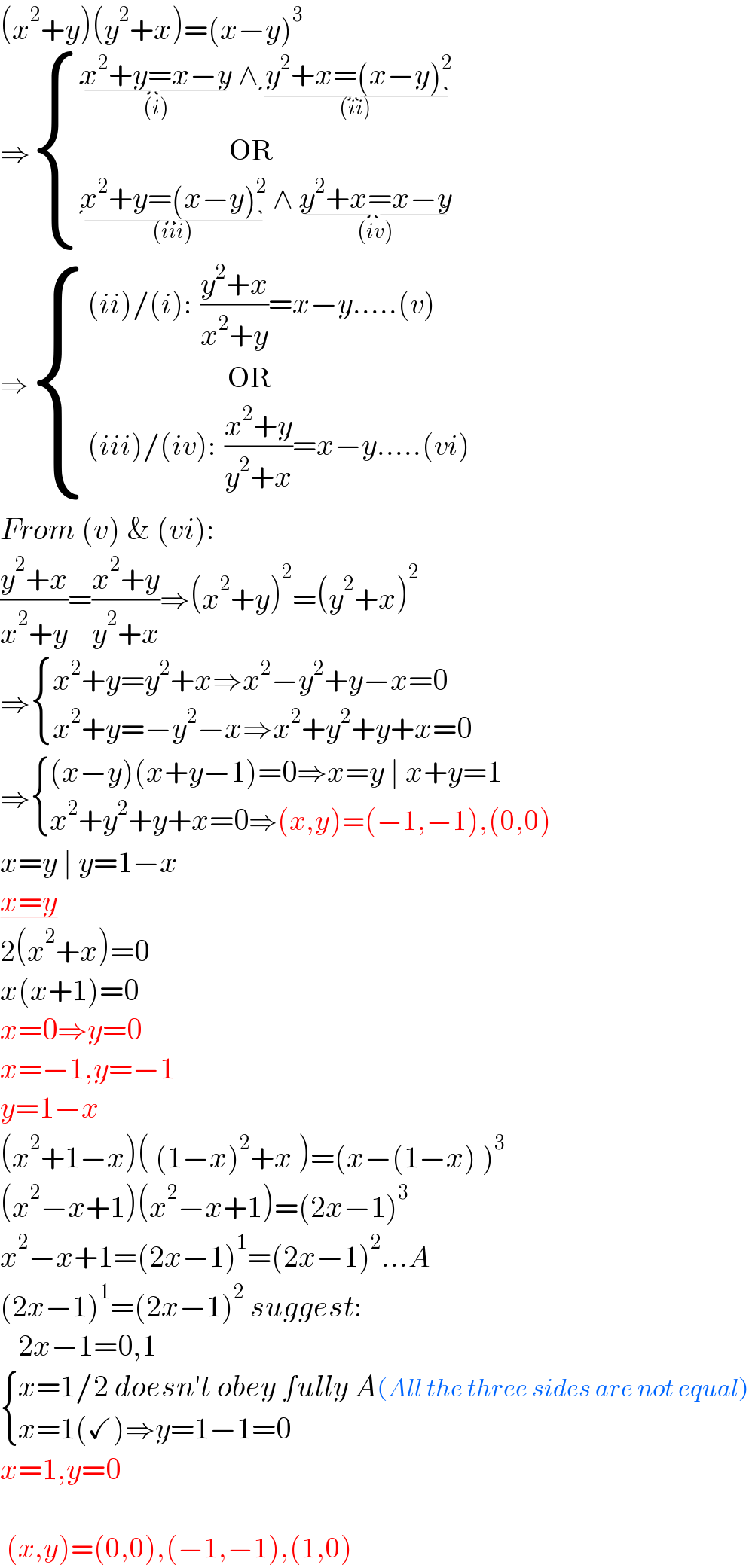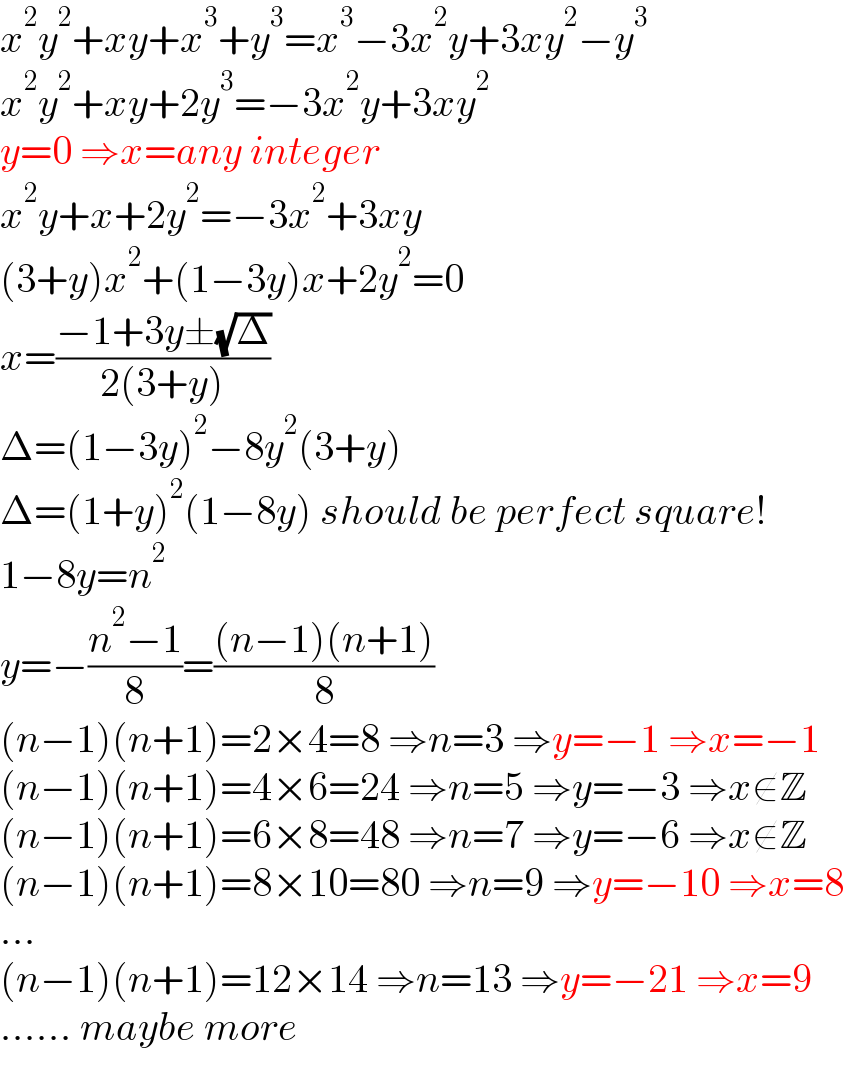
Question and Answers Forum
Question Number 160270 by alf123 last updated on 27/Nov/21

Answered by Rasheed.Sindhi last updated on 27/Nov/21

Commented by mr W last updated on 27/Nov/21

Commented by Rasheed.Sindhi last updated on 27/Nov/21

Answered by mr W last updated on 27/Nov/21

Commented by Rasheed.Sindhi last updated on 27/Nov/21

